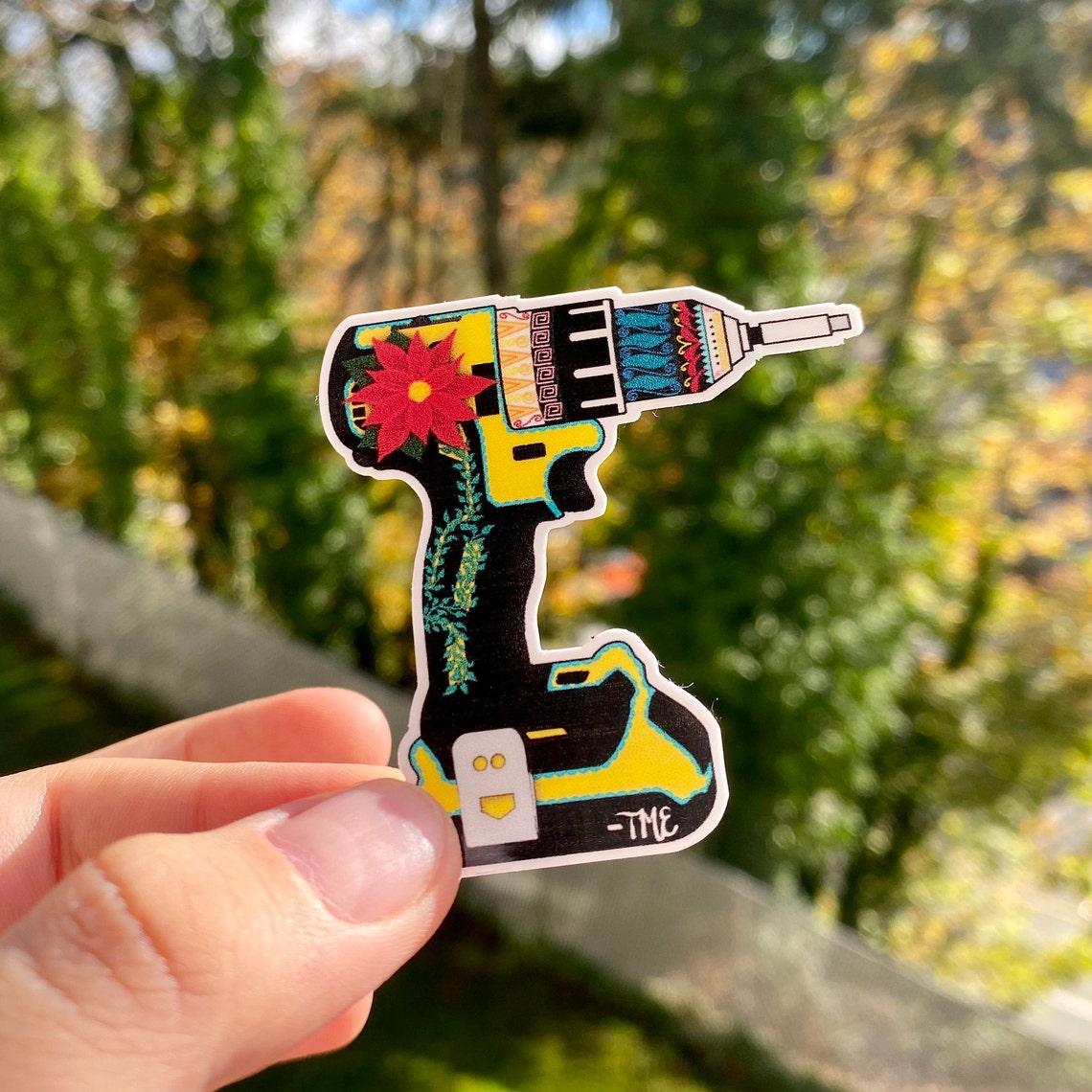

Local knowledge of drilling behavior enables the directional driller to derive the correct lead angle needed to intercept the target. Geologic features such as faults or formation changes need to be carefully considered for example, very soft formations may limit build rates, and formation dip may cause a bit to walk, or drift laterally. Drilling limitations include rig specifications such as maximum torque and pressure available from surface systems. This BHA acts as a pendulum, exerting a negativeĭuring well planning, the directional driller must consider several factors to determine the required trajectory, particularly dogleg severity (DLS)-the rate of change in wellbore trajectory, measured in degrees per 30 m -as well as the capabilities of the BHA, drillstring, logging tools and casing to pass through the doglegs. To drop angle, the directional driller uses a BHA with the first stabilizerĩ to 27 m behind the bit.

This packed BHA is designed to exert no net side force. To hold angle, the directional driller uses a BHA with 3 to 5 stabilizers,.This BHAĪcts as a fulcrum, exerting a positive side force at the bit. Stabilizer, another stabilizer between 15 to 27 m above theįirst and a third stabilizer about 9 m above the second. To build angle, the directional driller uses a BHA with a full-gauge near-bit.Or decrease inclination, commonly referred to as building, holding or Changes inīHA stiffness, stabilizer placement and gauge, rotary speed, WOB, holeĭiameter, hole angle and formation characteristics all affect the directionalĬapability and drilling efficiency of a BHA.īy varying stabilizer placement in the drillstring, directional drillers canĪlter side forces acting on the bit and the BHA, causing it to increase, maintain Rotary speed and BHA geometry to achieve a desired trajectory. (BHA) and the manipulation of parameters such as weight on bit (WOB), Initially, directional drilling involved a simple rotary bottomhole assembly The directional driller constantly monitors these measurements and adjusts the trajectory of the wellbore as needed to intercept the next target along the well path. Surveys taken during the drilling process indicate the direction of the bit and the toolface, or orientation of the measurement sensors in the well. At a designated depth, known as the kickoff point (KOP), the directional driller deflects the well path by increasing well inclination to begin the build section. Most directional wells begin as vertical wellbores. Short-radius drilling produces wells with a curve of 44-m radius or smaller. The main borehole had nine lateral branches that increased penetration of the pay zone by 5.5 times and production by 17-fold, and cost only 1.5 times that of a conventional well. The first multilateral well was drilled in 1953 at Bashkiria field, Bashkortostan Republic, Russia. Multilateral drilling helps increase wellbore contact with hydrocarbon-producing zones by branching multiple extensions off a single borehole. As of 2013, the world's longest ERD well is the 12,345-m well drilled from Sakhalin Island, Russia, to the offshore Odoptu field. Operators have used ERD to access offshore reservoirs from land locations, sometimes eliminating the need for a platform. Previously unreachable reserves have become accessible and economical to produce.ĭirectional drilling includes three main specialized applications: extended-reach drilling (ERD), multilateral drilling and short-radius drilling. Today, operators use sophisticated drilling assemblies to drill complex geologic structures identified from 3D seismic data. By the 1930s, a controlled directional well was drilled in Huntington Beach, California, USA, from an onshore location to target offshore oil sands. Directional drillers used rudimentary survey instruments to orient the wellbore. The first intentionally drilled directional wells provided remedial solutions to drilling problems: straightening crooked wellbores, sidetracking around stuck pipe and drilling relief wells to kill blowouts (see Figure 1). The same techniques were later employed to deliberately deflect the well path to intersect hard-to-access reserves. To combat this deviation, drillers devised techniques to keep the well path as vertical as possible. These methods alerted drillers to the fact that supposedly vertical wells were actually deflecting in unwanted directions. The practice of directional drilling traces its roots to the 1920s, when basic wellbore surveying methods were introduced.


 0 kommentar(er)
0 kommentar(er)
